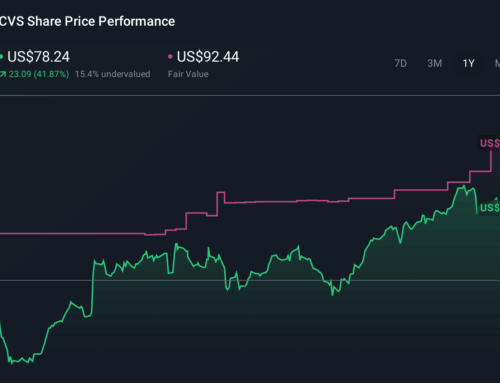First-ever photovoltaic highway is in America — Record energy just with sunlight and cars
May 31, 2025
Have you ever thought about travelling along a highway, thinking about just reaching your destination and, at the same time, generating clean energy with every kilometer traveled? That’s what the photovoltaic highway in America promises. Well, as much as it may seem like a fictional story, solar roads have emerged as an innovation that has been tested in different parts of the world with varied results, and some controversy surrounding them too.
What is the photovoltaic highway about?
The unbridled search for new sources and strategies for clean and renewable energy has led governments around the world to start testing different formats and projects, and that’s when solar roads came into being.
But what are these innovative roads? Well, they are roads capable of generating electricity from sunlight in conjunction with the circulation of vehicles on their surface. This is only possible because the photovoltaic panels are encapsulated in resistant layers of materials similar to asphalt, so that traffic from cars, motorcycles, and trucks can pass over them while capturing energy.
Some tests have already been carried out in countries such as France, China, and the United States, but the results were not so good, as the energy generation was below expectations, in addition to having some structural flaws, and the cost was high. However, in the southeastern United States, an experiment is taking place that is already attracting attention: a pilot project for a functional solar highway open to the public, in the state of Georgia.
America’s first photovoltaic highway could be a real solution for the future
The pilot project, called The Way, in Georgia, is being carried out on a stretch of Interstate 85, with 29 kilometers focused on testing the sustainable solution for road transport. It is worth remembering that this initiative is led by the Ray C. Anderson Foundation.
To put the project into practice, the first step was to install Wattway solar panels, developed by the French company Colas, together with the National Institute of Solar Energy of France. This choice was made because the panels were initially tested in Europe and even had interesting results, but the partnership with The Ray allowed the adaptation and improvement of the technology on American soil (other adaptations of solar panels are being carried out all over the world, one of the novelties was the creation of the first multicolored solar panels).
This project has already grown considerably, so much so that the first installation in the USA took place in 2016, on just a stretch of access to the Georgia Tourist Information Center. But today, the project has expanded to Peachtree Corners, where solar technologies are being tested alongside other mobility innovations in the real-world urban environment of Curiosity Lab.
And the results? Was the pilot project worth it?
Since it is still a pilot project, the results are still in the early stages and are still being analyzed, but expectations are high so far. This is because, in addition to energy production, the tests are helping to understand the behavior of materials under heavy traffic, rain, heat, and wear and tear over time. What can we expect for the future? Well, one of the next steps is related to tests with heavy trucks in partnership with Auburn University.
Of course, this photovoltaic highway is not yet perfect and has faced several difficulties, but there is no denying that it opens the door to a real experimentation process that we do not normally see in other renewable energy projects. Other tests involving solar panels are a format that will provide free and unlimited energy wherever people go. Yes, it is increasingly surprising to see how we are dealing with the process of finding a cheap and effective form of green energy.
Search
RECENT PRESS RELEASES
Related Post


